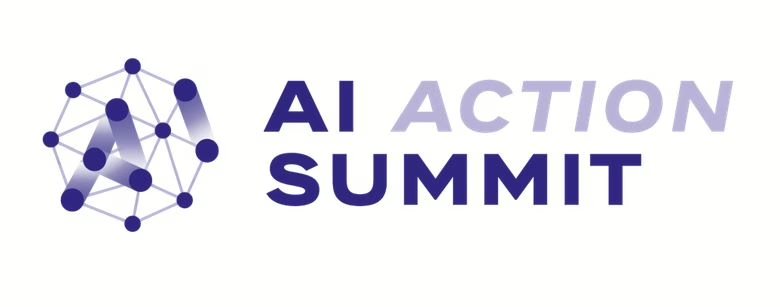At KeeeX, we believe that file verification is a pillar of digital trust. That’s why we’ve developed cutting-edge, sustainable and universal technology to make all your documents, data, products, processes and decisions provable, auditable and traceable.
Our secret? A universal and frugal process of content signing combining the best of cryptography and blockchain. Your files are certified, signed, and time-stamped before they are released, and then verifiable by anyone, at any time. And all without altering the format or appearance of your documents!
With KeeeX, you lay the foundations for a new digital trust:
But that’s not all. With KeeeX, file verification becomes a real lever for digital transformation. Our solutions integrate seamlessly into your existing information systems and workflows. Whether you use document management tools, collaborative platforms or business applications, KeeeX adapts to your environment.
And because we know that every business is unique, we offer tailor-made solutions. Our experts analyse your specific needs, your regulatory constraints, your data volumes, etc. to design an optimal verification solution. We then support you in the deployment, training of your teams and daily support.
With KeeeX, file verification is no longer a technical constraint, it is a real strategic asset accessible to all. This is the key to building lasting trust with your customers, partners and employees. It is also a way to differentiate yourself in your market, by offering guarantees of integrity and traceability that others cannot provide. All in all, it’s an investment in the future of your business in a digital world where trust is the new currency.
- Universal: applicable to all file formats
- Ecological: no energy-intensive infrastructure
- Confidential: your files stay with you
- Scalable: Rapid deployment, regardless of volume



































